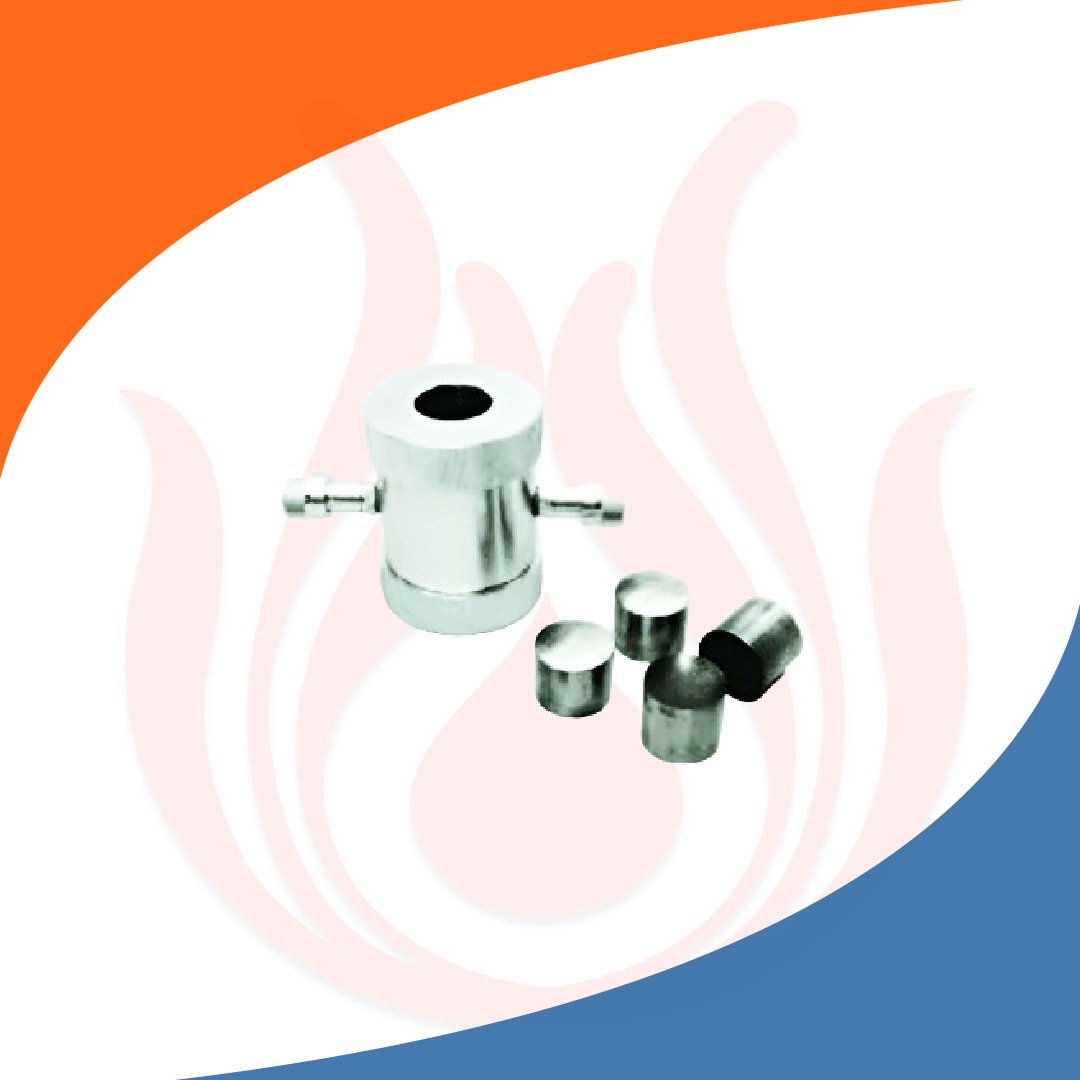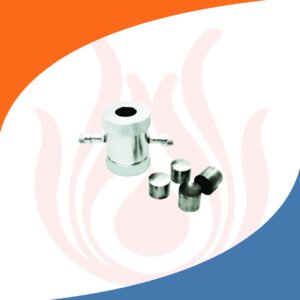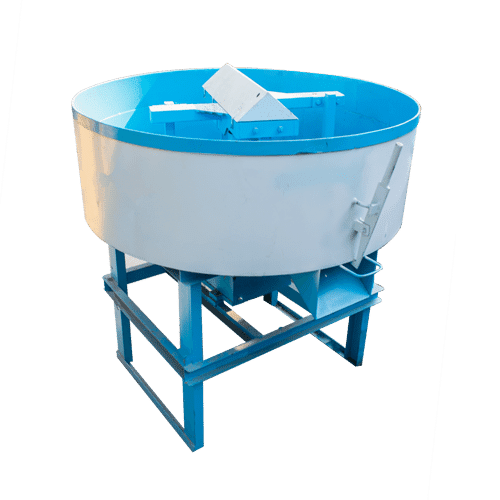Hoek Triaxial
- High Quality Materials
- Compliance With Standards
- Clear Product Information
- Warranty & Support
- Product Testing & Certification
- Delivery & Policy
- Ask a Question
- Estimated Delivery: 5 Days – 10 Days
- DESCRIPTION
FEATURE | SPECIFICATION |
Material for Construction | Stainless steel |
Information About Hoek Triaxial:
Hoek Triaxial test
One of the geotechnical lab experiments that evaluate the strength and deformation characteristics under conditions where specimens from rocks are measured is known as Hoek Triaxial test. Called after his creator, Dr. Evert Hoek this test is central to the dynamics of rock mass behaviour for engineering and excavation projects alike. The Hoek Triaxial setup involves a cylindrical sample of rock that is exposed to confining pressure and axially stressed simultaneously. This enables the determination of parameters such as cohesion and internal friction angle, which gives information on rock stability.
The test helps develop safer structures like tunnels and slopes by providing a complete study of the response behaviour of rocks towards strain. One such widely used test for geotechnical engineering is the Hoek Triaxial Test as it aids in maintaining rock-based construction integrity.
KEY FEATURES
Stress Control: Hoek triaxial testing is aimed at controlling and applying the stress conditions, making it possible to examine rock behaviour in different regimes of stress.
Confining Pressure: It includes confined pressure, which enables scientists to establish the stress conditions that a rock would have suffered in its natural surroundings.
Axial Load: The test subjects the rock sample to axial load simulating that vertical stress which aids in determining deformation failure mechanisms.
Pore Pressure: Monitoring pore pressure in Hoek triaxial testing gives insights into fluid interactions and their role on rock behaviour.
Strain Measurement: The deformations of the rock formula are monitored using highly accurate instruments to determine its mechanical properties.
Shear Failure: The setup aids in the classification of shear failure and which enables researchers to understand not only mechanisms but also characteristics such as Sheer strength peculiarity for rock.
Versatility: Hoek triaxial testing is flexible, making it possible to study various rock types and conditions thereby building a comprehensive picture of the impact that rocks have on mechanics.
UNDERSTANDING THE WORKING PROCEDURE
The Hoek triaxial test is a geotechnical process that involves the strength and deformation of rock specimen. It entails placing a rock cylinder sample in triaxial cell and subjecting it under axial stress. The test comprises three main stages: saturation, consolidation, and shear.
In saturation, the water is used to submerge and completely fill up a rock specimen in order to obtain accurate test results. In the consolidation phase, confining pressure is applied on to specimen imagining in-situ stress condition. Lastly, shear stress is imposed until the rock breaks down so that peak strength and deformation factors can be measured.
The Hoek triaxial test gives useful information on the stability of rock mass and assists in making decisions in engineering as well as excavation projects. The article adds that it is applicable for assessing tunnelling conditions, assessment of slope stability as well as other geotechnical considerations which are essential in ensuring safe and effective construction practices.
USAGE AND APPLICATION
An engineering technique utilized to determine the strength and deformational behavior of rock or soil. It includes the axial stressing on a cylindrical sample under radial confinement and pore pressure. This test allows the determination of vital parameters such as cohesion and friction angel, which are essential for underlying structures or building tunnels and slopes.
Applications include evaluation of rock stability in mining, tunneling and civil engineering projects. As engineers learn about the material’s strengths and behaviour under various stress levels, they are able to make realistic decisions concerning excavation support systems, tunnel linings, overall project safety etc. The Hoek triaxial test is particularly potent in identifying complex mechanical properties of rock formations, which help determine crucial data for geotechnical designs and avert dangers stemming from subterranean building.
ADVANTAGE AND BENEFIT
The Hoek triaxial test which is a geotechnical engineering approach has clear benefits in assessing the strength of rocks. The major advantage of this technique is that it offers precise and detailed data on the shear strength as well as deformation characteristics in a material exposed to changing stress conditions. This test helps to better understand rock behaviour enabling the design and safety assessment of structures such as tunnels or slopes.
Incorporating various stress paths in the Hoek triaxial test adds a realistic touch to simulate an environment similar to what is on site, improving strength parameters’ reliability. Its flexibility enables researchers and engineers to conduct custom experiments suiting particular geological circumstances, thereby increasing the practical relevance of results. In conclusion, the Hoek triaxial test is a useful device within geotechnical investigations that offer significant information on rock mechanics with precise decision-making for civil and mining projects.
CONCLUSION
Therefore, the Hoek triaxial test is an important geotechnical process for determining strength and deformation properties of rock samples. Through testing a cylindrical sample under careful control of axial pressure, radial stress and confining pressures engineers can measure some important parameters such as cohesion friction angle dilatancy.
This approach provides invaluable information about rock behaviour under various loading conditions making it possible to design and evaluate the stability of underground construction, tunnels, and slopes. Understanding the test results involves a lot of attention to stress paths and failure criteria, making us aware about how rocks react under geological and engineering stimuli. The implications of the Hoek triaxial test lies on geotechnical practice and it significantly contributes to safer yet efficient rock mechanics in construction.
The test measures the failure strains and elastic moduli under different loading conditions on core samples of rock and soil.
It is characterized by the application of axial, radial and confining pressures on a cylindrical sample aiming to replicate in situ stress conditions.
The test measures cohesion, friction angle.
The Hoek apparatus provides for close regulation of stress conditions leading to highly precise test results.
It can be applied in cohesive and non-cohesive soils, as well as intact rock specimens.
Yes, it might not represent the full diversity of geological environments and sample disturbance during testing may lead to inaccurate results.
ASTM D7012 and ISRM proposed methods are predominantly used in performing the test.
The outcomes assist designers to create well-balanced inclined slopes, tunnels, foundations and other geotechnical constructions by clarifying behaviour of material under stress.












